Graphic design tailored for children emerged as a playful response to the need for educational, engaging, and visually stimulating materials. Initially, the focus was on primary colors and simple shapes, but today, the landscape is brimming with diverse and imaginative concepts. Whether in print or digital mediums, graphic design for kids aims to captivate and educate simultaneously. At first glance, one might assume these designs are simplistic; however, they are crafted with purpose and creativity to enhance learning experiences. Dive into the world of graphic design for children with these delightful ideas and start creating captivating projects for the young minds in your life.
Child-friendly typography
Designing child-friendly typography involves selecting fonts that resonate with the playful and imaginative nature of young audiences. Large, bold, and rounded typefaces like Comic Sans or Bubbleroot lend an inviting and approachable feel, resembling handwriting familiar from children's books. Bright colors partnered with whimsical letterforms can enhance readability, holding a child's attention while simultaneously sparking creativity. To further engage young readers, incorporating elements like drop shadows, bubble letters, or even interactive fonts that change color or shape can transform reading into an exciting visual experience.
Bright color palette
When designing for children, utilizing a dynamic and bright color palette can captivate their attention and stimulate their creativity effectively. Opt for bold primary colors like red, blue, and yellow, which can be complemented by secondary hues such as vibrant greens, purples, and oranges to create a playful and inviting aesthetic. Incorporate these colors into engaging elements such as oversized typography, whimsical characters, and interactive textures that can pique curiosity and encourage exploration. Consider using gradients and color blocking to add visual interest while ensuring the palette remains harmonious and not overwhelming, thereby maintaining focus on learning and playful discovery.
Interactive illustrations
Interactive illustrations for children can transform a flat image into an engaging, dynamic experience that stimulates young minds. By incorporating elements like touch-sensitive areas, children can explore different parts of the illustration, which could trigger animations, sounds, or further narratives, making the learning experience multidimensional. Bright, contrasting colors along with varied textures can captivate attention and aid in sensory development, while narrative-driven interactivity can foster imagination and storytelling skills. Additionally, incorporating familiar themes with a twist, like animals talking or vehicles transforming, can keep children engaged while subtly teaching lessons in empathy, communication, and adaptability.
Playful layouts
When designing for children, incorporating playful layouts can significantly enhance their engagement and learning experience. Bright colors and whimsical patterns often captivate a child's attention, so using vibrant palettes and dynamic shapes can create an inviting visual. Moreover, interactive elements like fold-outs, pop-ups, or flaps can make printed materials fun and engaging, while digital media can utilize animation and responsive elements to surprise and delight. The inclusion of familiar characters and storytelling elements might resonate with young audiences, creating an immersive and relatable design that fosters a connection and sparks creativity.
Cartoon character design
When crafting cartoon character designs for children, it's crucial to employ vivid and engaging colors that capture their attention while conveying an overall sense of fun and playfulness. The use of exaggerated proportions, like oversized heads or expressive eyes, can create characters that are immediately relatable and memorable, making it easier for young audiences to connect emotionally with them. Textures and shapes should be simple yet dynamic, allowing the character's personality to shine through minimalistic features, which ensures the design remains clean and distinguishable across various platforms such as books, animations, or interactive games. Incorporating familiar elements like animal characteristics or imaginative outfits can further enhance relatability, sparking creativity and encouraging children to explore and engage with the characters' stories and worlds with boundless enthusiasm.
Whimsical patterns
Designing whimsical patterns for children's graphic design involves an imaginative blend of vibrant colors, engaging shapes, and playful motifs that captivate young minds. Animals wearing oversized glasses, polka dots that transform into balloons, and fantastical landscapes adorned with smiling stars and moon can fill the space with wonder. Incorporating elements of magic, such as rainbows pouring from unicorn horns or trees growing candy fruits, enhances the fantastical allure. Utilizing a variety of textures can add dimension, where watercolor splashes meet crisp vector graphics, offering a tactile visual experience delightful to a child's curious gaze.
Educational infographic
Creating educational infographics for children requires a careful blend of visually appealing elements and simplified content to ensure engagement and comprehension among young audiences. Bright, bold colors and friendly, cartoon-like characters can be utilized to capture attention and maintain interest, making learning seem playful rather than daunting. Incorporating interactive elements, such as flaps, sliders, or QR codes leading to educational games or videos, can enhance interactivity and retention of information. A balanced layout with clear sections, big headlines, and intuitive icons helps in segmenting complex data into digestible chunks, nurturing a child's ability to connect with and grasp educational content effectively.
Storybook style visuals
For a storybook-style graphic design aimed at children, vibrant colors play a critical role in capturing their attention and imagination; hues of primary colors like red, blue, and yellow should be blended with softer pastels to evoke a sense of whimsy and wonder. Illustrations infused with anthropomorphic elements transform everyday objects into delightful characters, creating a narrative that encourages children to explore their environments. Textured backgrounds resembling aged paper or canvases add an element of nostalgia, inviting young viewers to engage more deeply with the tactile quality of the artwork. Simple, bold lines outline characters and elements, providing clarity and keeping the focus on the rich storytelling aspects of the design.
User-friendly interfaces
Graphic design for children should prioritize vibrant colors and large, easily recognizable icons to ensure user-friendly interfaces. Young users benefit from intuitive navigation, so interfaces should feature minimal text and visually engaging elements like interactive animations or character guides that offer immediate feedback. Designers must incorporate touch-friendly design, allowing for easy swipes, taps, and drags, keeping in mind the dexterity levels of young children. Consistent visual cues and a cohesive theme throughout the app help maintain focus, while gamified learning elements can make the experience enjoyable and educational.
Animation effects for kids
Creating engaging animation effects for children involves using vibrant colors and playful characters that can captivate their lively imaginations. Designers should consider incorporating simple movements like bounces or spins that are intuitive and mimic actions children might naturally perform, thus making interactions feel more relatable. Sound effects can be synchronized with the animations, such as cheerful giggles or magical tinkles, to enhance the sensory experience and keep children engaged through auditory feedback. Additionally, incorporating interactive elements such as touch-based reactions or character-led storytelling that allows kids to influence the outcome can transform a static digital environment into a dynamic playland, encouraging exploration and creativity.






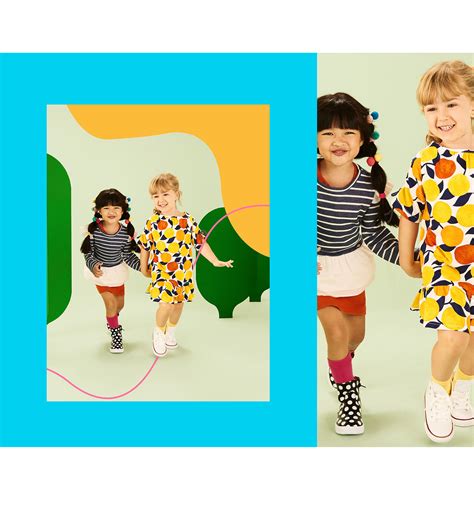
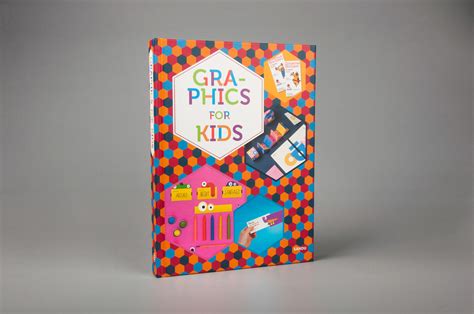
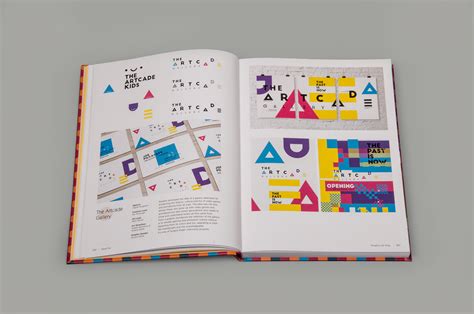

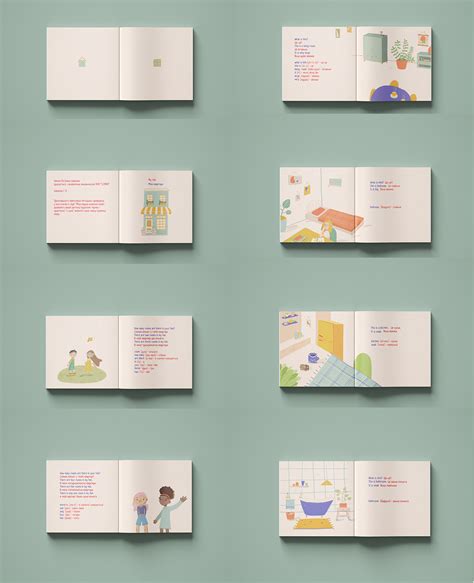
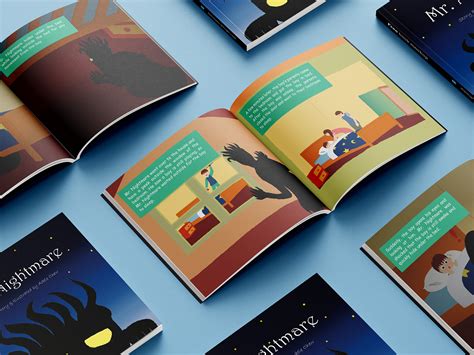
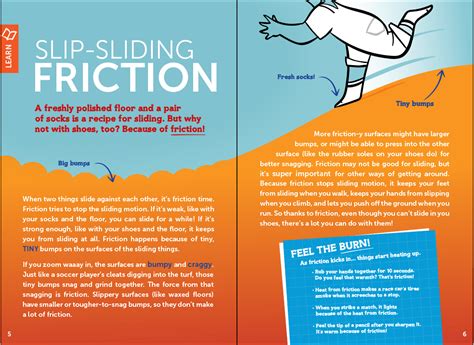
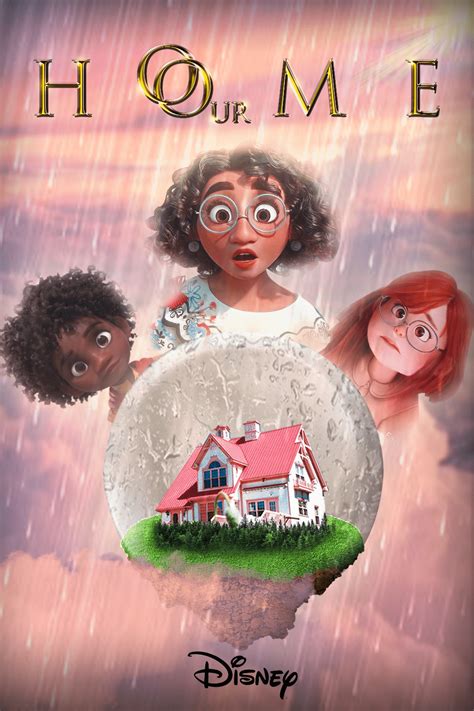
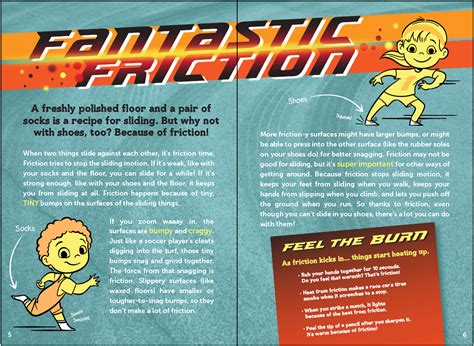
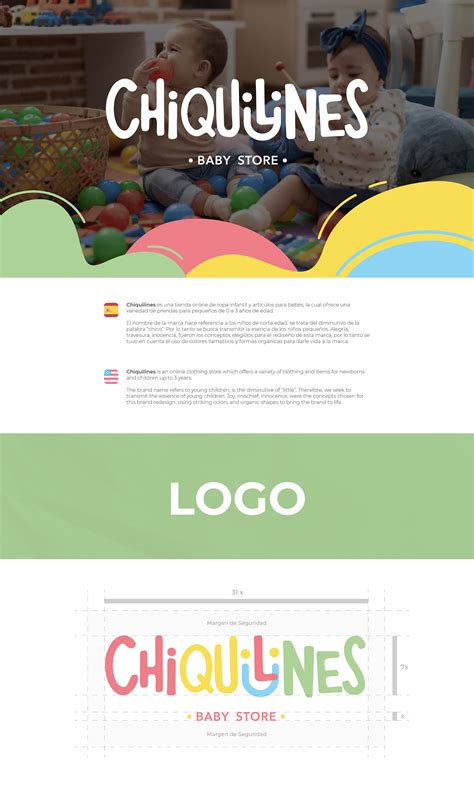
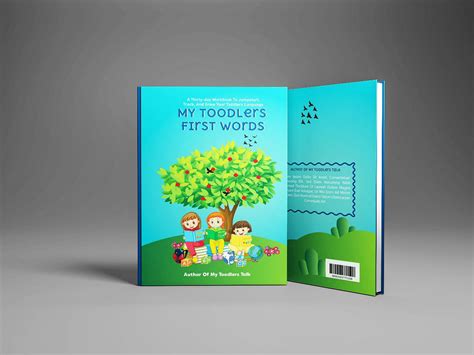

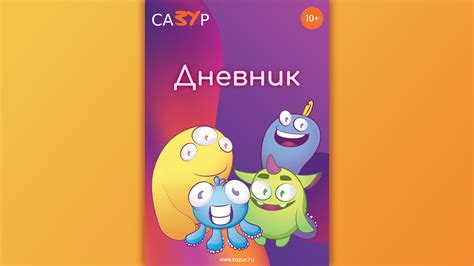

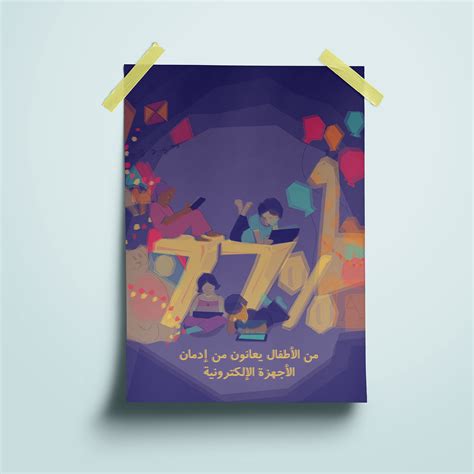
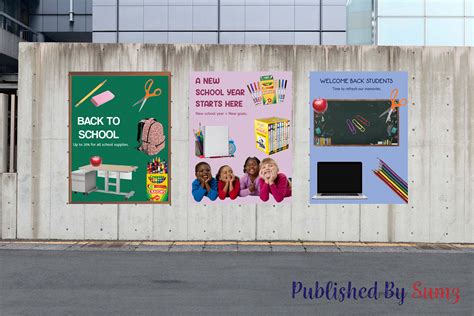

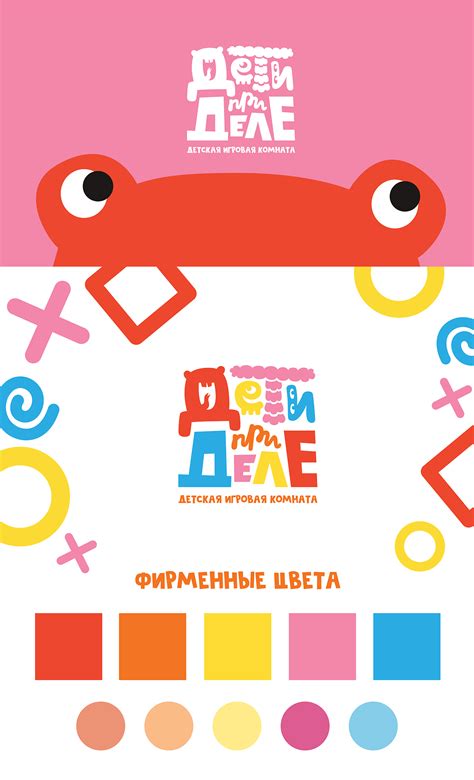
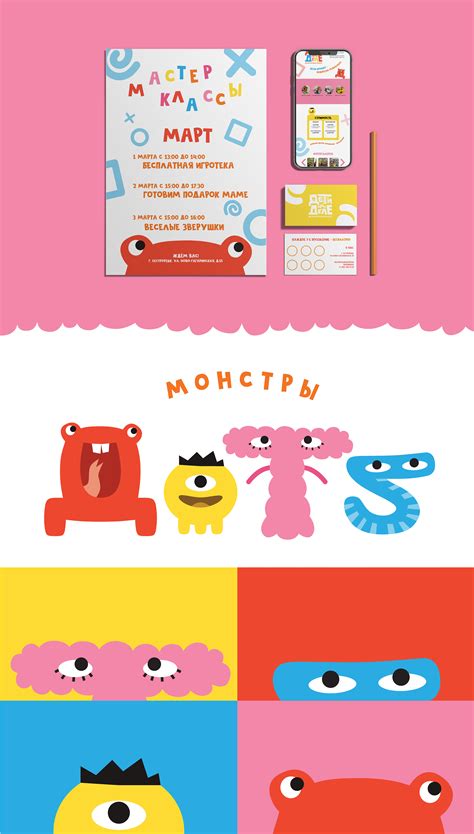
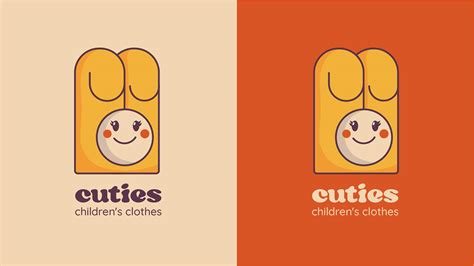
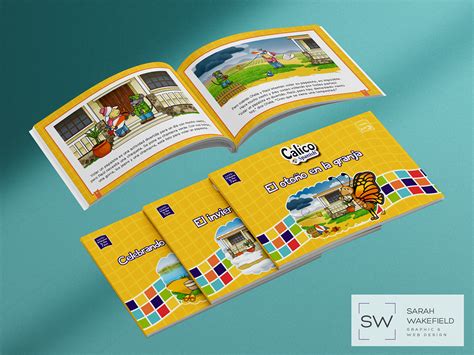



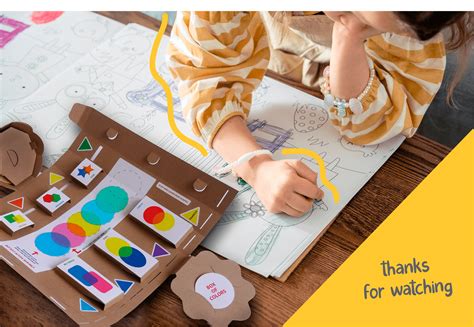
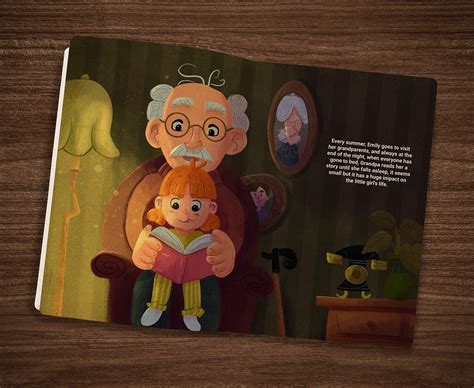
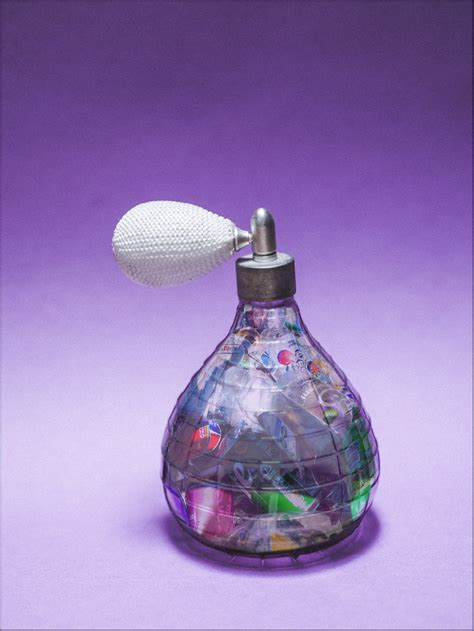


Leave a Reply
Your email address will not be published.